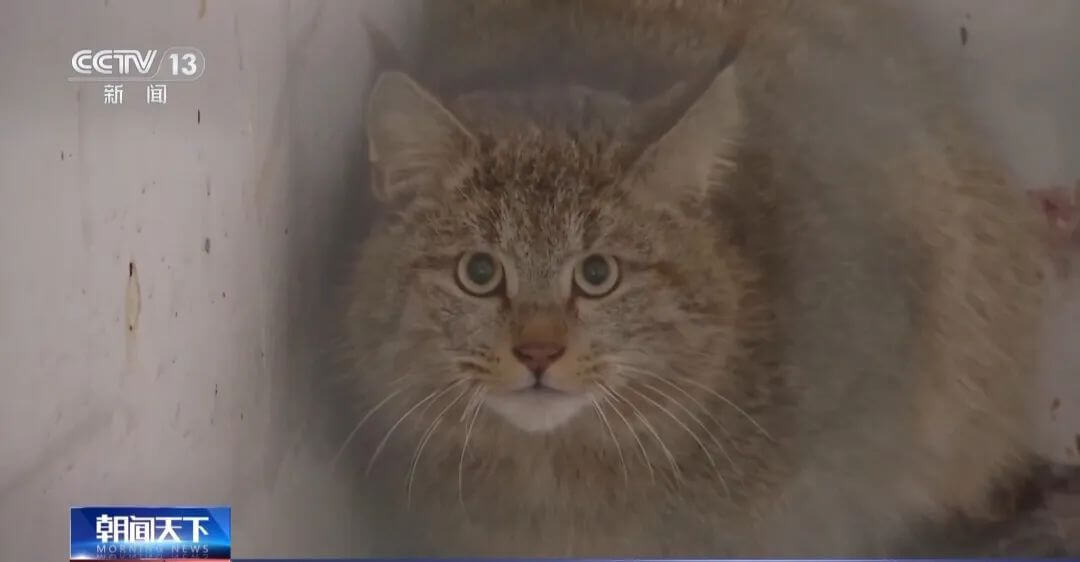
On December 1st, a reporter from The Cover News learned from the Jiuzhaigou Scenic Area Administration that recently, staff conducting biodiversity monitoring in Jiuzhaigou discovered the presence of the Desert Cat, a wild animal under first-class national protection, when sorting through photos captured by infrared cameras that had been retrieved.

This marks a new species distributed within the Jiuzhaigou National Nature Reserve. Previously, there were seven species of first-class national protected mammals in the reserve (Giant Panda, Sichuan Snub-nosed Monkey, Goral, Forest Musk Deer, Tibetan Musk Deer, Dhole, and Asian Golden Cat), and now the number has increased to eight.
Desert Cat
According to reports, the Desert Cat is the only feline species endemic to China. Due to its secretive behavior, small population size, and low distribution density, it has been rarely recorded over the years. The "Field Guide to the Mammals of China," published in 2009, described it as "the least known feline species."
The Desert Cat is a mammal belonging to the genus Felis within the family Felidae. It has a relatively large body size, with adults measuring 61-68 centimeters in length and weighing 4 to 8 kilograms. In appearance, most of its fur is light yellow-gray, with a reddish-brown back in the middle. Its fur is long and dense, with abundant underfur. There are several inconspicuous dark stripes on its limbs, long pointed ears with tufts of hair, and 3-5 black rings at the end of its tail, with the tip being black.
The Desert Cat is a true alpine animal, inhabiting places at altitudes of 2,500-5,000 meters. Moreover, it prefers a special habitat - alpine meadows. As a result, its distribution range is very narrow, typically residing on alpine meadows in western Sichuan, southern Gansu, the northeastern Qinghai-Tibet Plateau, and eastern Qinghai. The Desert Cat mainly hunts and is active at night, being highly alert and preferring solitude, living alone except during the mating season (January to March). These characteristics make it one of the hardest feline species to discover. The Desert Cat is also a skilled hunter, with various rodent species accounting for up to 90% of its diet, earning it the title of "rodent nemesis."
However, due to the desolate environment in which the Desert Cat lives, there are not many prey species available, so they cannot afford to be picky eaters. Besides preying on various rodent species, the Desert Cat's diet also includes birds, insects, reptiles, and more. During the long process of species evolution, in order to adapt to the cold alpine climate, the Desert Cat has developed dense hair and soft underfur to keep warm. However, it is precisely because of this advantage that people have captured Desert Cats in large numbers in the past, leading to a decline in their population. Both the "China Species Red List" and the "China Biodiversity Red List" classify the Desert Cat as critically endangered.
As a feline species endemic to China, the Desert Cat has significant academic value due to its biological characteristics that make it difficult to discover and the current lack of research on it. Therefore, protection and research efforts should be strengthened.